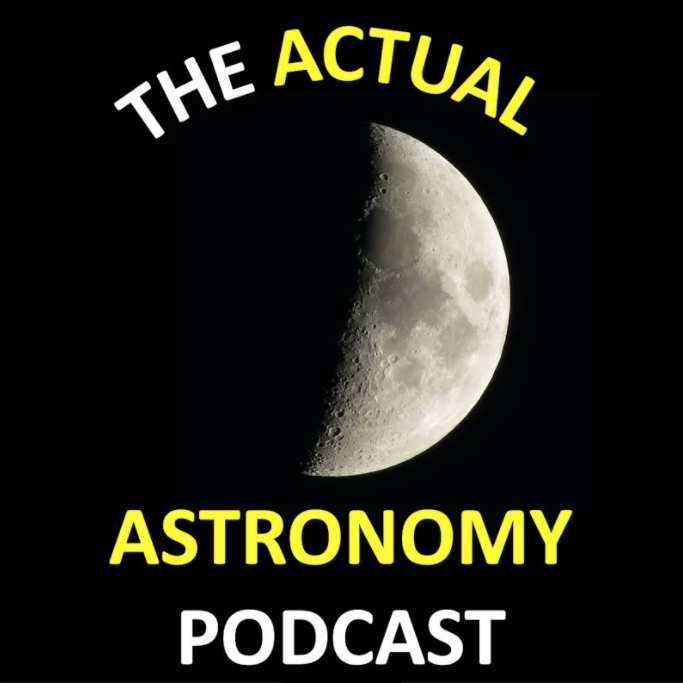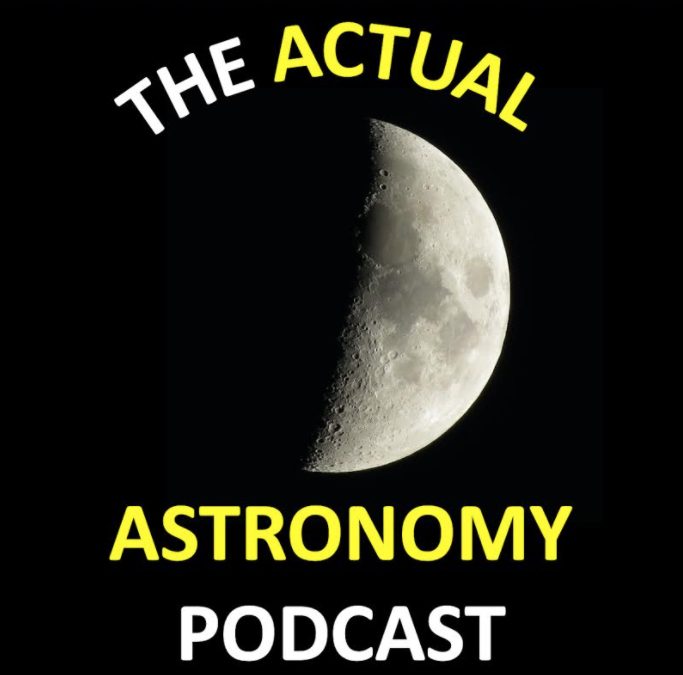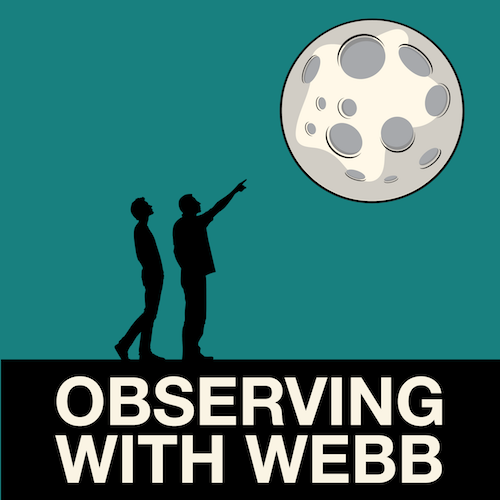The Actual Astronomy Podcast presents Objects to Observe in the April 2021 Night Sky and places a focus on sky events like the Lyrid meteor shower and a possible telescopic comet coming into view.


The Actual Astronomy Podcast presents Objects to Observe in the April 2021 Night Sky and places a focus on sky events like the Lyrid meteor shower and a possible telescopic comet coming into view.

The Actual Astronomy Podcast presents Objects to Observe in the March 2021 Night Sky and places a focus on sky events to help you find the planets as Jupiter, Saturn, Mercury, Mars and Uranus as they meet up with the Moon.

February only gets exciting in the last week with a 3-planet conjunction, although the still very long nights and the dominating presence of Orion make it a good opportunity for constellation hunting.

The Actual Astronomy Podcast presents Episode 89 – Objects to Observe in the February 2021 Night Sky. This month we track down the planets Venus, Jupiter and Saturn as they group together in the morning sky. We give step by step instructions for finding Uranus and Mars using the Moon and bring you up to date on what comets are on the horizon.

The Actual Astronomy Podcast presents The Great Great Conjunction! We discuss how to watch the Great Conjunction from now until Christmas, don’t just hope for clear skies on the 21st.

CONJUNCTION MONTH! If there’s nothing else you do this month, mark your calendar, get your warm clothes set aside, and get ready for a very, very rare conjunction between Jupiter and Saturn on the 21st.

All five naked-eye planets are easily visible at different parts of the night, the Leonids will grace the mid-month skies, and the Moon makes its monthly visits in line with the planets.

The Actual Astronomy Podcast presents Objects to Observe in the November Night Sky. In this episode we focus on sky events to help newcomers learn the night sky as we discuss Meteor Showers, Comets to locate and how to use the Moon to find Jupiter, Saturn, Uranus, Mars, Venus and Mercury!

School is starting, the nights are getting longer, and two gas giants are dominating the night skies while two terrestrial planets make morning appearances.

The Actual Astronomy Podcast presents Objects to Observe in the September Sky places a focus on sky events to help newcomers identify the planets and detailed observations of the changing surface of Mars and the Cloud tops of Venus, Saturn and Jupiter.